Out & About: New history of Lebanon is city’s first in decades
| Published: 09-04-2023 6:55 PM |
LEBANON — As the curator for the Lebanon Historical Society, Nicole Ford Burley has spent a lot of time looking through — and organizing — the group’s archives.
That familiarity, as well as her deep love of history, came in handy when Arcadia Publishing asked her to write a book about Lebanon for its “Images of America” series. The sepia-colored covers — a familiar sight at area bookstores and historical societies — are photo-driven books about communities throughout the country.
“I’m very excited that I was able to put together what I think was a very interesting glimpse into Lebanon history that I hope will still be of interest in the coming decades,” said Ford Burley, who also serves as Lebanon’s historian.
The Lebanon Historical Society will host a book launch party and signing event at 2 p.m. Saturday, Sept. 9 at the Carter House, located at 1 Bank St. in downtown Lebanon. If the book is bought from the historical society, the proceeds will benefit the nonprofit organization. Those who cannot make it to the event can order books via Arcadia Publishing’s website, arcadiapublishing.com.
The book, simply titled “Lebanon,” is the first book about Lebanon history to be published since 1997, when former Lebanon Historical Society curator Robert H. Leavitt published a two-part book on the city’s history, which featured photographs with short captions. In 1994, Roger Carroll published an extensive history of Lebanon.
“It’s quite different from the other history books,” said Stephanie Jackson, vice president of the historical society. The pictures, which are the focus of the book, are larger and of better quality than those included in previous books.
Arcadia Publishing reached out to Ford Burley in late 2021 to see if she, or anyone she knew, would be interested in writing a book about Lebanon history. At the time, writing a book wasn’t on her radar: Her child was 3 months old and she had just gone back to her full-time research administration job. But it was a project she couldn’t pass up and signed a contract in March 2022 with a March 2023 deadline.
“I basically lived and breathed this project for six months,” Ford Burley said. She worked on the book around 20 hours each week, mostly in the evenings and on the weekends.
Article continues after...
Yesterday's Most Read Articles
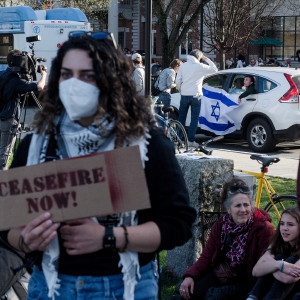 Dartmouth moves swiftly to stymie demonstration, leads to 90 arrests
Dartmouth moves swiftly to stymie demonstration, leads to 90 arrests
 Dartmouth graduate student-workers go on strike
Dartmouth graduate student-workers go on strike
 At Dartmouth, hundreds protest ongoing war in Gaza and express support for academic freedom
At Dartmouth, hundreds protest ongoing war in Gaza and express support for academic freedom
 Art Notes: City Center Ballet celebrates 25 years
Art Notes: City Center Ballet celebrates 25 years
The “Images in America” series follows a strict format: The books are split into eight chapters with specific themes, including roads and rails, as well as commerce and industry.
“On one hand, it’s a little bit of a challenge to keep within the parameters,” Ford Burley said. “On the other hand, it was really nice to have such specific guidelines especially for someone who has never written a book before, as I have not.”
Ford Burley also enjoyed her dives into the historical society’s vast archives, and she originally pulled twice as many photographs than could fit in the book. But it wasn’t as simple as narrowing down her choice; often images required other research, especially ones that had approximate dates.
“What does ‘around 1850’ mean? I was searching newspaper clippings trying to find an exact date,” Ford Burley said. “Unfortunately, there were some images that were fantastic images, but I couldn’t be 100% confident about the history and the factual nature of them, so I had to cut them out.”
The most challenging guideline for Ford Burley to follow was writing captions that stayed within the strict 70-word limit.
“A lot of them, especially when it came to the people, it was very hard to summarize basically a lifetime of accomplishments,” she said.
Among them was Phineas Gage, who was born in Lebanon or nearby Enfield and who was working on a railroad near Cavendish, Vt., when a tamping iron went through his head. Gage survived and became the subject of neuroscience research.
“As you can imagine, 50 to 70 words doesn’t quite cut it,” Ford Burley said. She included two images of Gage to tell more of his story.
Another one-time resident Ford Burley enjoyed learning about was Nettie Stevens. Stevens made a stop at Lebanon High School from 1879 to 1881, before going on to become an early geneticist who discovered sex chromosomes.
“One of the fun things about her is she lived in Lebanon a few years and taught high school biology, so what a fun time to be a biology student,” Ford Burley said.
Ford Burley had full support from the Lebanon Historical Society; Jackson in particular provided frequent feedback.
“She writes well, so it’s pleasant reading,” Jackson said.
Jackson said her favorite chapter is titled “Lebanon at Play,” which features leisure activities.
“It gives a taste of the area and does it in a way that is easy to grasp and actually entertaining.”
Liz Sauchelli can be reached at esauchelli@vnews.com or 603-727-3221.

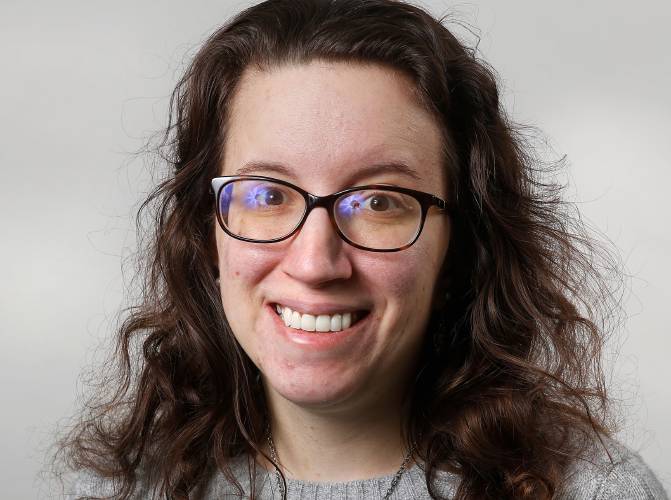

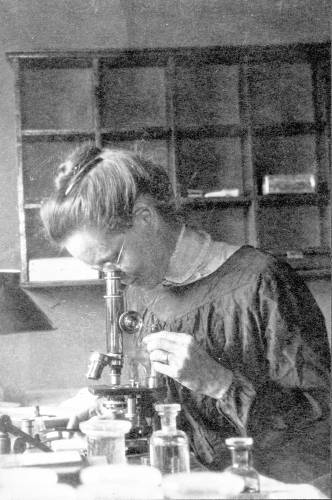
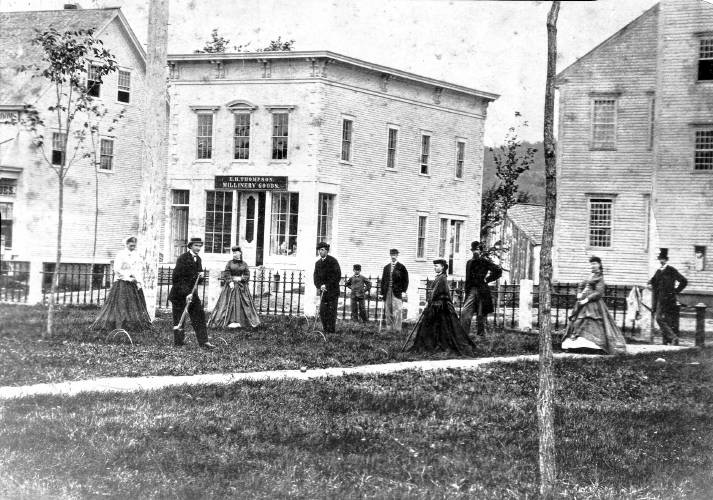
 Bald eagles are back, but great blue herons paid the price
Bald eagles are back, but great blue herons paid the price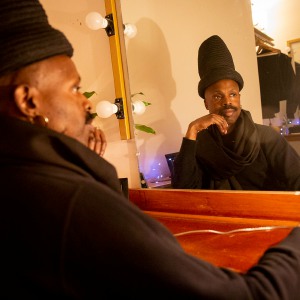 JAG Productions announces closure, citing ‘crisis facing the arts’
JAG Productions announces closure, citing ‘crisis facing the arts’
